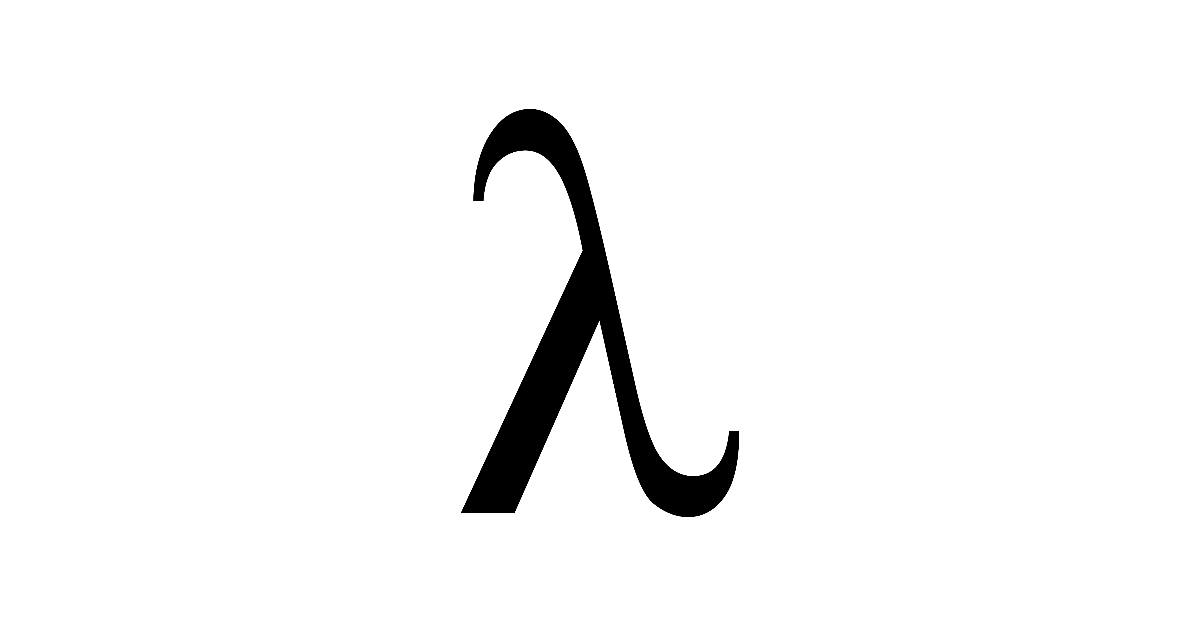Functional Programming
2024-02-24
Functional programming is a programming paradigm. A paradigm is a broad characterisation of a language and its features. Functional programming languages belong to the category of declarative languages, in which the program is more a description of computation than a sequential set of instructions as in an imperative language.
Functions in functional programming are considered first-class; functions can be passed to and returned from other functions and bound to variables, just as any other data type. Functional programming languages typically treat mathematically pure first-class functions as the fundamental method of computation. A higher-order function simply takes a function as an argument or returns a function. Support for higher-order functions implies that functions are first-class objects.
Many languages that are not inherently functional draw inspiration from the functional programming paradigm. It is common to see functions treated as first-class objects in otherwise imperative languages.
Purely Functional Programming
Purely functional programming is a subset of the functional programming paradigm, in which functions are pure or mathematically deterministic. Functions in many imperative languages are more accurately described as procedures, because they do not satisfy the definition of a mathematical function. Pure functions are guaranteed to return the same value across repeated invocations with consistent arguments. The computation of the function is not affected by any mutable program state. Similarly, a pure function does not manipulate any state or cause side-effects.
Currying
An n-ary function could admit all of its arguments at once, packed into a tuple. Alternatively, a function of high arity can be translated into a sequence of unary functions, a technique known as currying. If \((\ldots)\) brackets are used to denote function application, the function \(f\) accepting three arguments would be transformed into a unary function \(g\) returning a unary function that returns another unary function that finally returns the result of the entire computation of \(f\).
\[f(x,y,z) \implies g(x)(y)(z)\]
Currying is a mathematical technique and functions with multiple arguments in lambda calculus are usually represented in their curried form. Some programming languages like Haskell enforce currying - all Haskell functions accept just one argument (though this argument could be a tuple containing multiple values).
Partial Application
The currying of a function with multiple arguments as a feature of a
programming language is very useful as it facilitates partial
application. The same can be achieved with the use of
closures. In the case of a curried function, simply passing
fewer than the full number of arguments to a function will return a
partially applied function with bound values and lower arity than the
initial function. Haskell supports curried functions and function
application is written with spaces, thus the following example
demonstrates the creation of an increment function by partially applying
1 to the binary + function.
g = (+) 1
g 2In non-functional languages, partial application is still achievable with the use of closures. A closure is a scoped binding of a value to a function which may be used outside of the scope in which the captured variables exist. This python example illustrates the concept.
def f(x):
def g(y):
return x + y
return g
def h(x):
return lambda y: x + yThe closures returned by f and g can be
bound to symbols in a different scope to the captured variables.
g = f(2)
i = h(4)
x = g(2) # x = 4
y = i(2) # y = 6Referential Transparency
Generally, variables in functional programming are immutable. The value of a variable cannot be modified once defined. Consequently, every occurrence of a variable in a functional program can be replaced with its value - a situation referred to as referential transparency.
See Also
- GnuPG Usage
- Object Orientation in C
- Functional Programming
- Haskell Programming
- Emacs Initialisation
- Working with Java Packages
- Asynchronous & Concurrent Programming
Or return to the index.

